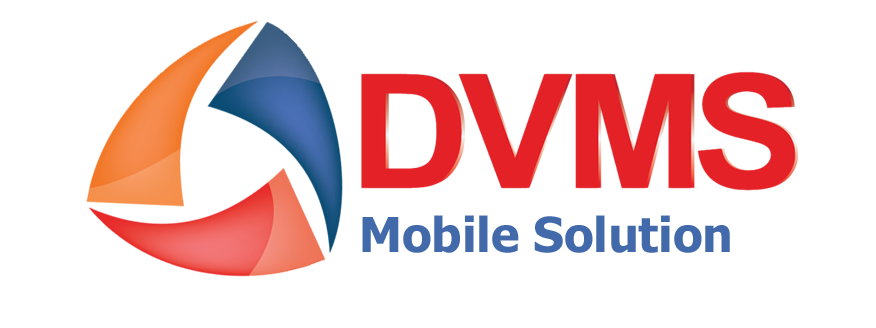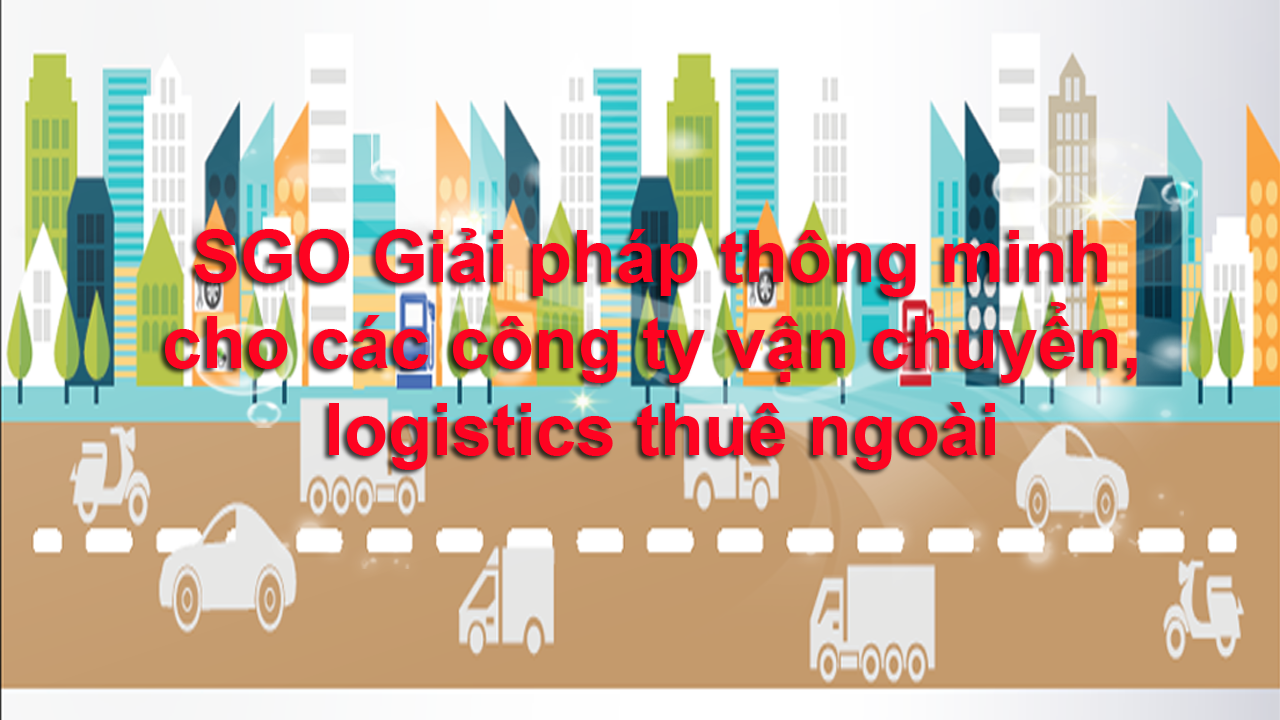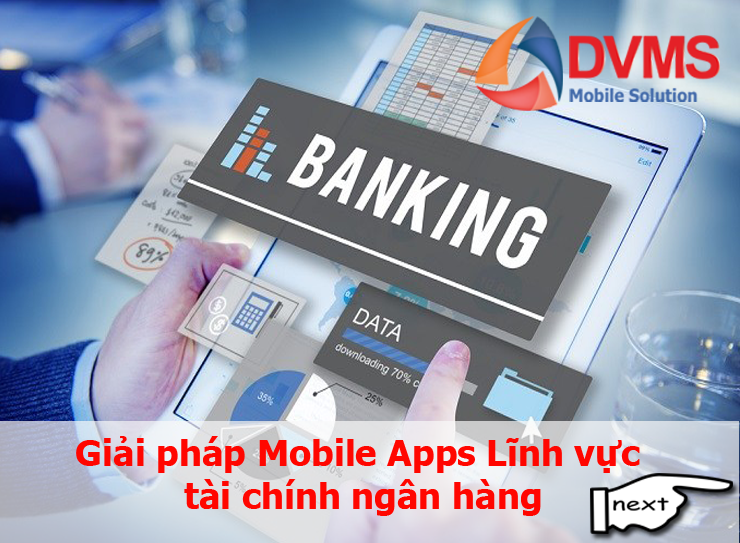Using IoT and Fleet Management
A recent study by Cisco Consulting Services and DHL reveals that the Internet of Things (IoT) is already having a profound effect on the logistics of doing business, including the way we approach fleet management.
The capabilities of smart cars have changed the way we look at driving and managing company drivers and vehicles. Companies are adding dashboard monitors that designate better routes or use IoT as a way to screen employee habits to ensure safety while on the road. And this is only the beginning.

According to the Cisco study, vehicle management is the area where IoT-based efficiency efforts are most needed, and it comes at a time when vehicle manufacturers are investing in IoT technologies. Let’s look at a few ways people are using IoT and fleet management.
Apps That Track Vehicle Movement
You’ve added IoT technology to your vehicles because you want the ability to track them at any given moment. Your customers who depend on your vehicles to get them from Point A to Point B in a timely manner also want to be able to track the location of a bus or an Uber driver. From the business standpoint, GPS monitors, road sensors, video systems and other forms of data mining provide a clear picture of which routes are most profitable, what times of day see the most riders, and how to redefine or add new routes. On the passenger side, a smartphone app like the one offered by State College, Pennsylvania’s Centre Area Travel Authority (CATA) provides a full list of the different routes and the expected arrival time of buses at individual stops – or if that route is off-line for the rest of the day and you need to find other transportation plans.
Managing Deliveries
Passengers aren’t the only ones who are benefiting from IoT technology in fleet management. Companies are using IoT to track goods shipped from warehouses to stores in company vehicles. IoT is a major component in supply chain management. According to Inbound Logistics, with the use of cloud-based GPS and Radio Frequency Identification (RFID) technologies, you can automate shipping times to make sure products are delivered more efficiently and you have the right amount of vehicles on the road. You can even control the interior vehicle climate to ensure the products will arrive undamaged.
Bike Sharing and IoT
Bike sharing and bike rentals are a hot commodity in cities. IoT technologies allow bike sharing companies to make reservations and payments via an app, and then to track the bike’s movement through GPS and finally alert the bike rental if there is a problem or if the bike has been abandoned.
IoT in fleet management is more than adding technology to a car. It is a whole new way of conducting business, from driver to passenger to delivery.
( See more at: http://www.thinglogix.com/using-iot-fleet-management)
--------------------









